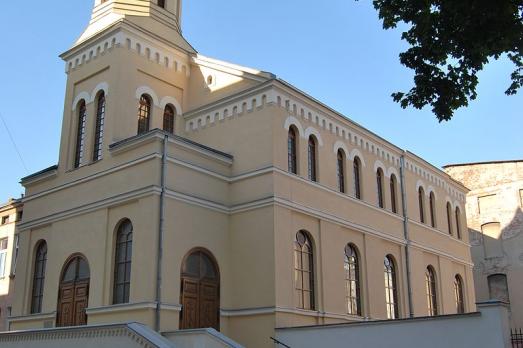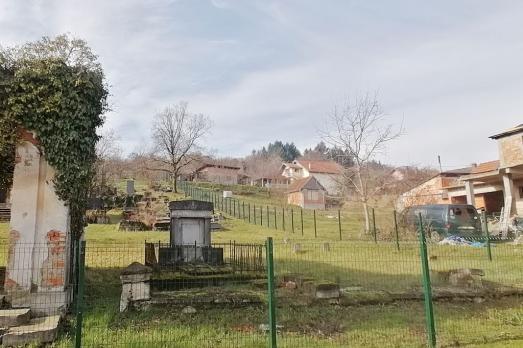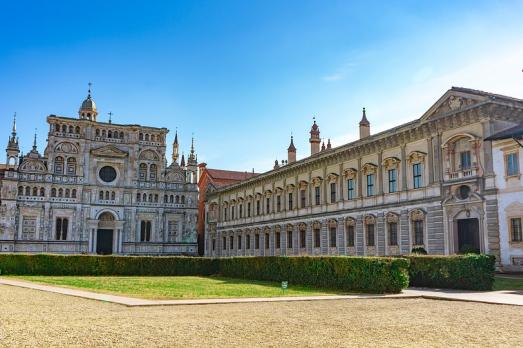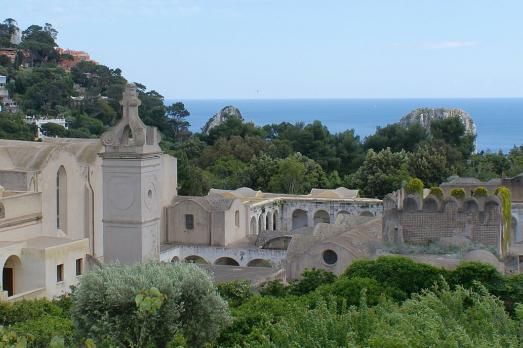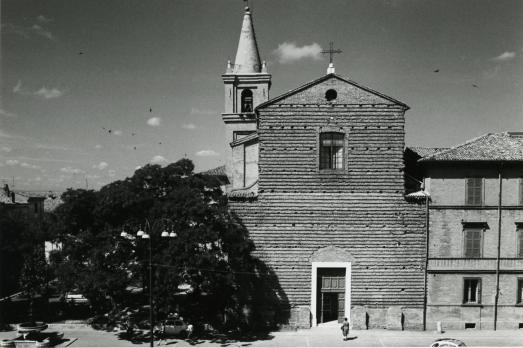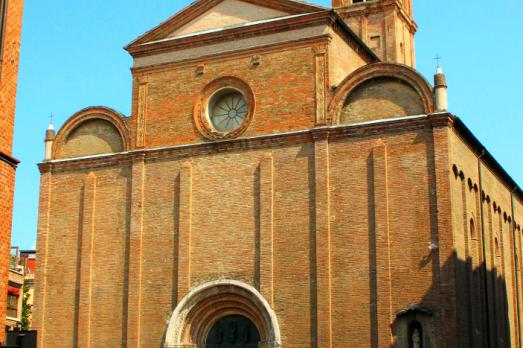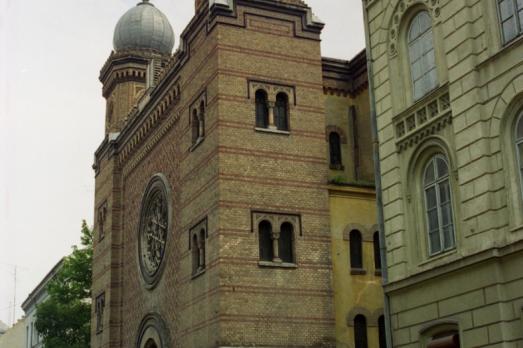Centrumkerk
Bilthoven, NL
Architecturally important and original church building, built as the Reformed Juliana Church, or associated Community Building. The first stone was laid on 10 July 1927. The church was built by order of the Council of the Reformed Church in De Bilt in the style of the Amsterdam School, designed by architect E. Reitsma. He designed exceptionally important expressionist churches in Andijk, Kollum and Weesp, among others.
